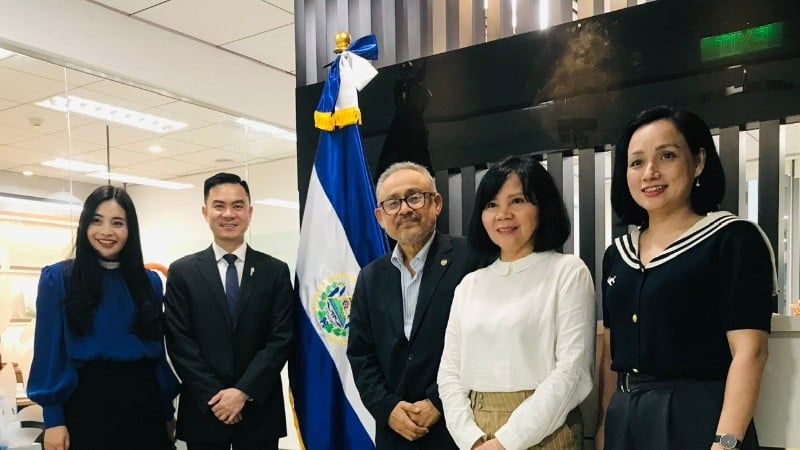
The author of these two paintings is the artist José Alex Chávez, who creates under the pen name Aleph. Aleph comes from a long-standing art school in El Salvador and was a student of the Spanish artist Valero Lecha, who is honored as the "father of Salvadoran painting".
Speaking at the awarding ceremony on September 29, 2025 in Hanoi, Ambassador Ruben Omar Orozco Burgos emphasized: “A memorable memory is that after the major earthquake on May 3, 1973 in El Salvador, an auction of paintings was held to raise funds for the country's reconstruction. At that time, the work that sold for the highest price was a painting by Valero Lecha - the teacher who guided Aleph. It can be said that Aleph has inherited and developed the quintessence of El Salvador's culture and art, while expressing a unique vision of the world .
Today, we are extremely honored that one of his works has been donated to the Vietnamese Women's Museum - a famous cultural address in Hanoi and the whole country. We respectfully request that you preserve this painting, display it in a prominent place for the public to admire, and if possible, attach a small plaque stating: " Gift from the Embassy of El Salvador" . I would also like to express the same wish for the work donated to the Wellspring Hanoi International Bilingual School.
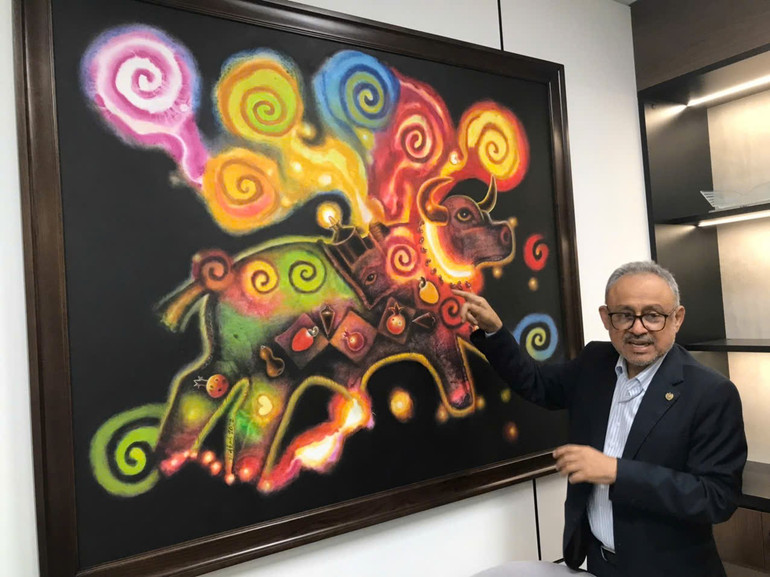
In this work, many familiar images of El Salvador appear: yellow and red cashews, pomegranates, beans - which are the staple foods in the daily meals of the people of El Salvador. Next to that is the trompo - a traditional spinning top game associated with childhood and the tecomate - an indigenous item, once used by farmers to store and transport water when there was no plastic. All are combined with the image of the buffalo - a familiar symbol in agricultural life.
These details reflect the culture of El Salvador and suggest similarities with Vietnam. The Vietnamese have a saying “the buffalo is the head of the family”, showing the importance of the buffalo in the life of farmers. Before the advent of machinery, the buffalo was like a member of the family, contributing greatly to agricultural production. This similarity is a vivid demonstration of the bond between the two countries of Vietnam and El Salvador.
The work is associated with the title "Noble Amigo de El Salvador" - a noble title to honor individuals and organizations with positive contributions to the country of El Salvador, awarded to Wellspring Hanoi International Bilingual School.
The painting depicts a schoolyard with a giant chess board where teachers, students and parents can play together. This is not only an intellectual game but also a community bonding activity.
"I believe that this painting will inspire learning, the desire for integration and the spirit of humanity for the young generation, especially in an international bilingual educational environment. This is not only a cultural event, but also demonstrates El Salvador's view that education is a sustainable bridge to connect peoples, foster friendship and mutual understanding," Ambassador Ruben Omar Orozco Burgos affirmed.
The awarding of this prestigious work at a bilingual school in Vietnam has a symbolic meaning: a bridge between culture and education, affirming the role of education in spreading global humanistic values.
Dr. Nguyen Vinh Son, Principal of Wellspring Hanoi School, emphasized: "The painting is a valuable symbol of cultural diplomacy, and at the same time a message for the generation of Vietnamese students in general and Wellspring in particular to nurture the spirit of humanity, the desire to learn and the responsibility to become global citizens."
Mr. Son also emphasized: The work bears the image of a chessboard - a global symbol of intelligence, strategic thinking and sportsmanship. On the chessboard, each chess piece has its own identity, role and value, but only when harmoniously connected, can they create a balanced and bright game. Those are also the values that Wellspring steadfastly pursues - liberal, humane and integrated - to nurture the next generation of global citizens.
Source: https://nhandan.vn/symbol-of-the-border-between-vietnam-el-salvador-post911501.html


![[Photo] General Secretary To Lam receives US Ambassador to Vietnam Marc Knapper](https://vphoto.vietnam.vn/thumb/1200x675/vietnam/resource/IMAGE/2025/9/29/c8fd0761aa184da7814aee57d87c49b3)
![[Photo] The 1st Congress of Phu Tho Provincial Party Committee, term 2025-2030](https://vphoto.vietnam.vn/thumb/1200x675/vietnam/resource/IMAGE/2025/9/30/1507da06216649bba8a1ce6251816820)
![[Photo] Solemn opening of the 12th Military Party Congress for the 2025-2030 term](https://vphoto.vietnam.vn/thumb/1200x675/vietnam/resource/IMAGE/2025/9/30/2cd383b3130d41a1a4b5ace0d5eb989d)
![[Photo] General Secretary To Lam, Secretary of the Central Military Commission attends the 12th Party Congress of the Army](https://vphoto.vietnam.vn/thumb/1200x675/vietnam/resource/IMAGE/2025/9/30/9b63aaa37ddb472ead84e3870a8ae825)







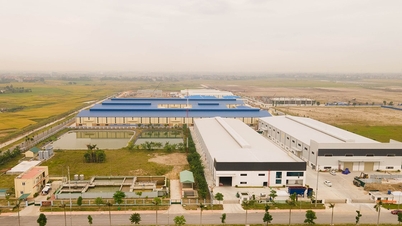
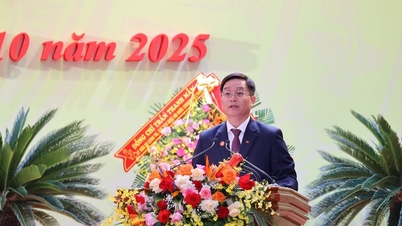




![[Photo] Solemn opening of the 12th Military Party Congress for the 2025-2030 term](https://vphoto.vietnam.vn/thumb/402x226/vietnam/resource/IMAGE/2025/9/30/2cd383b3130d41a1a4b5ace0d5eb989d)
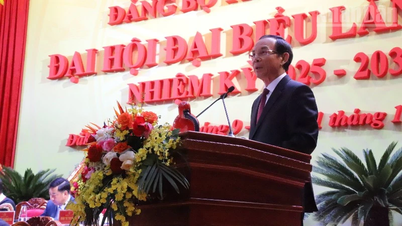
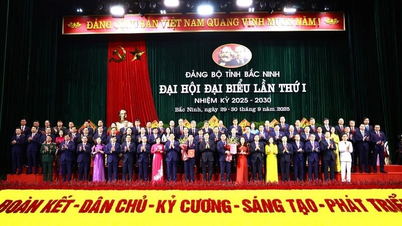



![[Photo] General Secretary To Lam attends the ceremony to celebrate the 80th anniversary of the post and telecommunications sector and the 66th anniversary of the science and technology sector.](https://vphoto.vietnam.vn/thumb/1200x675/vietnam/resource/IMAGE/2025/9/29/8e86b39b8fe44121a2b14a031f4cef46)








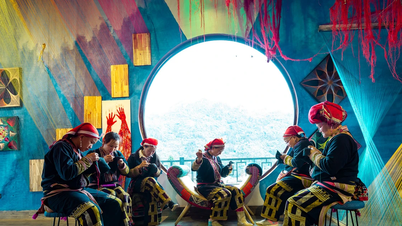








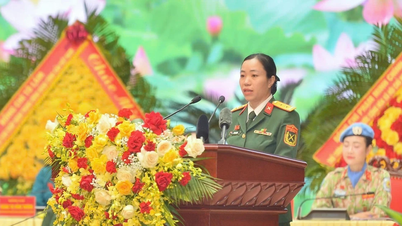












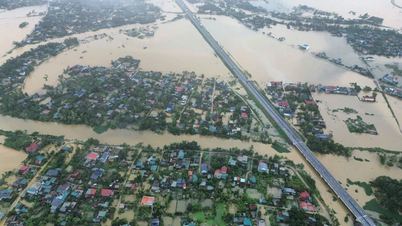
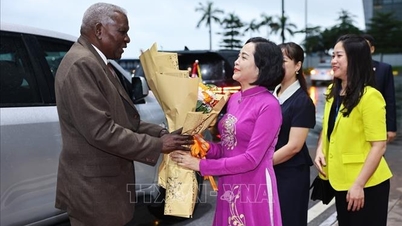

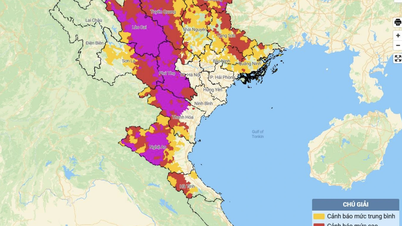
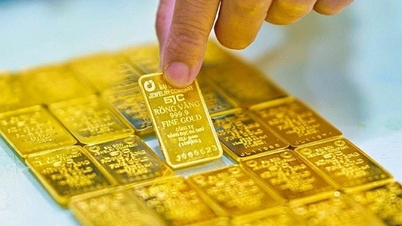





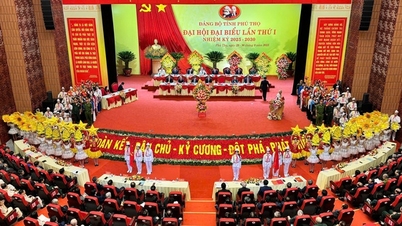
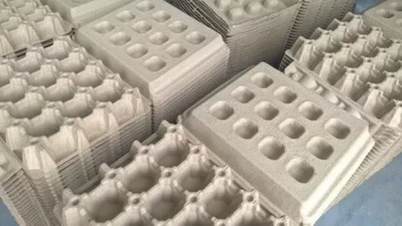



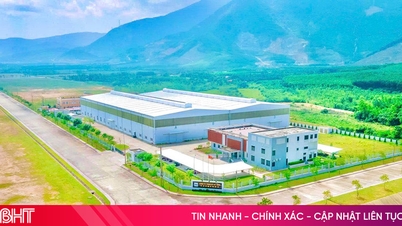

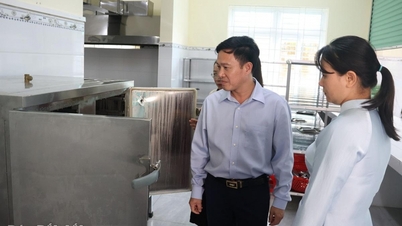



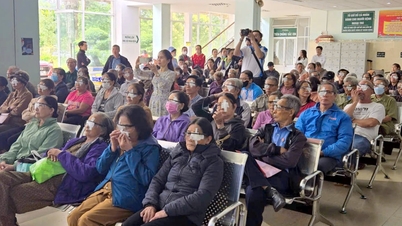
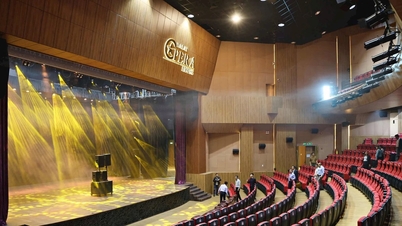













Comment (0)